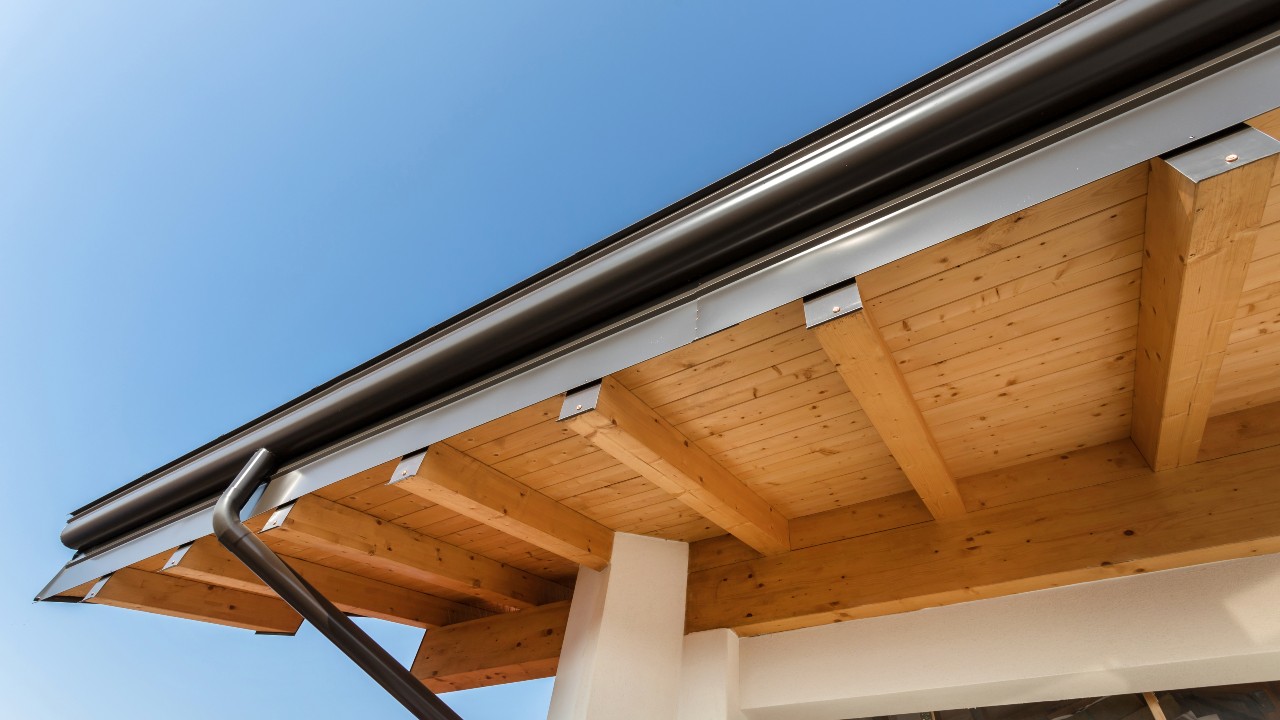Siphonic drainage is a relatively straightforward process. Sophisticated siphonic roof drainage systems operate at full capacity, unlike traditional gravity drainage systems, when water is sucked down from the roof and into the drain at high speed. It is possible to reduce the number of roof drains and have them all flow into a single downpipe using the Fullflow siphonic system.
An anti-vortex plate prevents water from being drawn from the roof, whereas a conventional outlet is simply an open hole in the lowest point of the roof where the water pours. Heavy rain causes the outlet drain to fill to the anti-vortex plate, preventing air from flowing into the pipe and causing it to overflow.
With no air and the water’s gravitational pull, a vacuum is created. As a result, all of the drainage pipes in the system are at full capacity. Preparation is accomplished by means of gravity flow, plug flow, bubble flow, and full bore in the priming process of a Fullflow Syphonic System.
A single collector pipe can be used to connect multiple drains (see diagrams below). In this case, the pipe can be positioned directly under the roof covering, with numerous drains feeding into it. Downpipes for the collector pipe are all the same size and shape.
Filling drainpipes cause downspout water to flow downward. When the horizontal collector pipe is lowered, the water from the downpipe flows into the horizontal collector pipe and replaces the water that was drained from the downpipe.
Drains on the roof are sucked into the system when the water pressure drops below atmospheric pressure. A manhole or inspection chamber is used to discharge the water at atmospheric pressure into the storm sewer when it reaches the ground.
Siphonic Rainwater Drainage Systems Have the Following Advantages:
- In comparison to a Gravity equivalent, siphonic systems require fewer downpipes and outlets.
- There is no need to install pipes on a gradient to route the collection mains horizontally throughout the building.
- A single connector can be used to connect multiple rainwater outlets.
Up to 80% fewer downpipes are needed, saving money on materials and reducing the amount of groundwork required for installation. Architects have more leeway in their designs as a result. - Due to the full volume discharge, pipe diameters are smaller.
- Complete control over the location of the downpipe discharge allows for more creative programme and design options.
- Rainwater can be easily collected and used for irrigation, fire ponds, sanitation, and other purposes.
- As compared to traditional roof drainage, the rainwater pipes are designed to run 100% full of water from the roof to the ground level, increasing the system’s capacity significantly.
- Construction schedule acceleration due to shortened installation period
- Specifiers can choose from a variety of design options (for example protection levels & pipe specification)
- It is a highly technical solution, with a unique system for each building that is developed using established hydraulic engineering principles.
- Because of their high flow rates, syphonic systems are self-cleaning, resulting in lower operating costs.
- In most cases, downpipes are located inside buildings, which enhances their visual appeal.
- Buildings with a large footprint, such as apartment complexes, are best served by siphonic systems. In addition to airports and covered malls, these structures may also include office buildings and factories as well as storage facilities and aircraft hangars.
- Roof drains can be connected to a horizontal collector that can be routed to the perimeter of the building without pitch in these structures.
- Unlike traditional open channel drainage, siphonic piping does not necessitate additional space. So it’s easier to provide adequate drainage in buildings with difficult architectural space limitations now. In a siphonic system, downpipe locations are more flexible, allowing the design to meet both architectural and site drainage requirements.
Application in America
More and more countries around the world are adopting siphonic systems. These systems have been installed in Europe and other parts of the world.
A siphonic system is currently being designed for a major project in the United States that has been approved by the relevant authorities.
It has taken a long time for this system to gain widespread acceptance in the United States. A special variance from the local or state plumbing board of inspectors is required for any siphonic system to be installed in the United States. And, even in Europe, gravity drainage is still preferred for podium drainage.
Final Thoughts
Sophisticated siphonic roof drainage concepts are beyond the scope of this article. A siphonic system should not be attempted without consulting an expert. There are a slew of variables to consider, and only specialised software can provide a comprehensive picture.
Even seasoned plumbing engineers face an interesting technical challenge with siphonic roof drainage. Plumbers are encouraged to learn siphonic fundamentals because these systems have many advantages that architects may want to use.
Kevin is general contractor and a thirty-something single dad. He has expertise in plumbing, HVAC, and fixing and using DIY tools. Several years ago, he decided to finally tackle the project of a lifetime and renovate an old house. The experience led him to find his calling in life, writing about the contracting and home improvement projects I complete. You can read more of Kevin’s work on Capcon Engineering.


